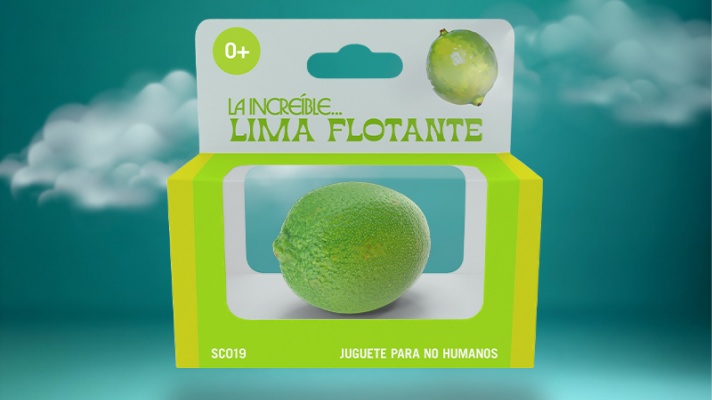Descripción de la Exposición
With Monumentmaschine (Monument Machine) the Württembergischer Kunstverein presents the first solo exhibition in Germany by the Spanish photographic artist, theorist, and curator Jorge Ribalta (b. 1963 in Barcelona).
Ribalta's often comprehensive series of analogue black-and-white photographs, which are anchored in the discourses of the critically and politically engaged artistic documentary photography of the 1970s (Allan Sekula, Martha Rosler, Jo Spence, etc.), are rather focused on the incidental and subliminal than on obvious or sensational aspects. The works revolve around nationally and historically charged sites and figures and the construction thereof.
Ribalta arranges his series, which may hold up to 200 photographs, in dense spatial ensembles. Arrayed in several horizontal and vertical rows, multiple angles of reading arise. Furthermore, a specially developed display will feature at the Kunstverein exhibition, fostering connections, disruptions, twists and turns between the series.
Monumentmaschine presents a selection of six series in which Ribalta explores the relations between documentary photography, cultural heritage, and nationalism. It deals with the role played by monuments and the present-day UNESCO-driven tourist and culturalheritage industries according to the reproduction and internalization of national identities, ideologies, and fictions. What relevance has been assigned here to photography since its inception? The exhibition is based on the eponymous solo show, co-produced by the Centro Guerrero in Granada and the Fundación Helga de Alvear in Cáceres, which comprises the series Wild Laocoön (2010-11), Scrambling (2011), and Empire (or K.D.) (2013-14).
These three works involve icons and monuments that, like flamenco, the Alhambra, or Charles V, represent "Spanishness"-although flamenco in particular, which has its roots in the Romani and Kalé cultures, but also the Alhambra, which is shaped by the period of Muslim- Moorish Nasrid rule in Granada, actually both signify a transnational confluence of cultural identities. Charles V (1500-1558), the first King of Spain and the Holy Roman Emperor of the German Nation, in turn stands for the imperialist expansion of Spain as the global Habsburg empire on which "the sun should never set."
The exhibition will also show the series Renaissance: Scenes of industrial reconversion in the Nord- Pas de Calais coalfield (2014), Petit Grand Tour (2007), and Carnac, 1. August 2008 (2008). The shift from heavy industry to leisure and creative industry, as well as the touristic construction and marketing of ancient times and prehistory, are of central focus here.
Photography has always served the ends of historical-monument preservation and national cultural heritage. The point of departure here rests with the Mission Héliographique, a comprehensive photographic registry and catalogue of all historical monuments and memorials in France, commissioned in 1851 by the French Commission des monuments historiques chaired by Prosper Mérimée-the author of Carmen (1845), a story which, as is well known, still today generates clichés of "Spanishness" and flamenco.
The Mission Héliographique was to become a model for countless other similar projects, including the famous photography program carried out in the 1930s by the Farm Security Administration (FSA) in the United States. This project focused not on monuments but rather on social cartography-charting rural poverty-in the spirit of the New Deal, the social and economic reform program implemented as a result of the Great Depression. The FSA photography project, headed by artists like Dorothea Lange and Walker Evans, became formative for those early-and meanwhile widely challenged-discourses of documentary photography as a guarantee for transparency and truthfulness.
A contemporaneous equivalent to the Mission Héliographique was the work of the British photographer Charles Clifford, who resided in Spain and prepared, between 1854 and 1863, extensive photographic documentation of Spain's historical sites and monuments. He released this work in several publications, including A Photographic Scramble through Spain, a tourist guide about Spain addressing foreign (especially British) visitors and celebrating the Alhambra as the highlight of Spanish cultural heritage.
Jorge Ribalta's practice and theoretical exploration of documentary photography tie into this proximity of photography, cultural heritage, and fictions of national identity. Aiming for neither transparency nor truth, his photographs investigate the structures of meaning production inherent to photography- understanding photography as a technique, machine, and cultural apparatus. Ribalta's photographic approach to monuments and national icons leads to anti-monuments and anti-icons, for instance by underscoring the infrastructures and the activity "behind the scenes" of these showplaces-from the workers and diverse workplaces to the marketing structures of the cultural industry. An emphasis is on the monument as machine and reflection on the operating modes and effects of this machine.
Taking center stage in Ribalta's dense series of small-format prints is not the individual, self-contained picture but rather that which plays out between the images. Aby Warburg's never-completed Mnemosyne Atlas (1924-29) served as inspiration for him, but also Sergei Tretyakov's factography theory developed around the same time. According to Tretyakov, it is not only the interruption of movement that allows photography to capture complex social interrelations; necessary is also the arrangement of photos in series, the production of relations among the pictures.
Iris Dressler / Hans D. Christ

Exposición. 16 abr de 2025 - 11 may de 2025 / Centro Botín / Santander, Cantabria, España

Formación. 08 may de 2025 - 17 may de 2025 / Museo Nacional Centro de Arte Reina Sofía (MNCARS) / Madrid, España